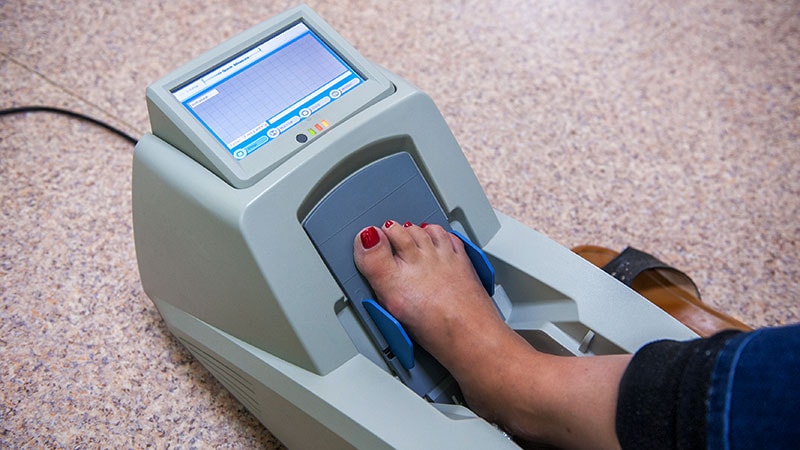Core Concepts
Updated Canadian osteoporosis guideline emphasizes assessing fracture risk in older patients of both sexes and provides recommendations for treatment and prevention.
Abstract
The updated Canadian osteoporosis guideline focuses on assessing fracture risk in older patients, emphasizing exercise, nutrition, and drug treatments. The guideline includes 25 recommendations and 10 good practice statements, with varying levels of evidence. Notable recommendations include postmenopausal women and men aged 50 years and older receiving help to prevent further fractures and pharmacotherapy for those who have already had certain fractures. The guideline also addresses the gender gap in osteoporosis treatment, offering recommendations for men's bone health, which is often overlooked in other guidelines. The need for hard data on fractures, mortality, pain, and quality of life in men is emphasized.
Osteoporosis Canada Updates Bone Health Guideline
Stats
About 2.2 million Canadians aged 40 years and older were diagnosed with osteoporosis in 2015–2016.
The guideline includes 25 recommendations and 10 good practice statements.
The guideline offers a "strong recommendation" for pharmacotherapy for postmenopausal women and men aged 50 years and older who have already had certain fractures.
The US Preventive Services Task Force (USPSTF) gave a B rating to its recommendation for screening for osteoporosis with bone measurement testing to prevent osteoporotic fractures in women aged 65 years and older.
Quotes
"About one third of all fractures occur in men, and up to 1 in 4 men will break a bone due to osteoporosis." - Rajesh K. Jain, MD
"Everyone understands and agrees that osteoporosis is a common problem in men, and it should be addressed in guidelines like this and clinical practice." - Eric S. Orwoll, MD
Key Insights Distilled From
by Kerry Dooley... at www.medscape.com 10-12-2023
https://www.medscape.com/viewarticle/997297
Deeper Inquiries
How can the medical community improve screening rates for osteoporosis in men?
To improve screening rates for osteoporosis in men, the medical community can focus on increasing awareness among healthcare providers about the importance of screening in men. This can be achieved through educational programs, workshops, and guidelines that specifically address the need for osteoporosis screening in men. Additionally, implementing routine screening protocols in primary care settings for both men and women can help identify individuals at risk. Public health campaigns targeting men to raise awareness about osteoporosis and the importance of early detection can also play a significant role in improving screening rates.
What are the potential drawbacks of the varying levels of evidence in the osteoporosis guideline?
One potential drawback of the varying levels of evidence in the osteoporosis guideline is the uncertainty it creates for healthcare providers when making treatment decisions. With different levels of certainty for various recommendations, clinicians may find it challenging to determine the most appropriate course of action for their patients. This can lead to inconsistencies in treatment approaches and potentially suboptimal care for individuals with osteoporosis. Additionally, the lack of robust evidence for certain recommendations may result in skepticism or reluctance among healthcare providers to follow the guideline, impacting the overall quality of care provided to patients.
How can the focus on hard data in osteoporosis studies impact future treatment strategies?
The focus on hard data in osteoporosis studies can have a significant impact on future treatment strategies by providing more concrete evidence of the effectiveness of screening and treatment options. By emphasizing outcomes such as fractures, mortality, pain, and quality of life, researchers can better assess the true benefits and risks of different interventions. This data-driven approach can help healthcare providers make more informed decisions about the most appropriate treatments for their patients, leading to improved outcomes and better overall management of osteoporosis. Additionally, focusing on hard data can guide future research efforts towards addressing key questions and gaps in knowledge, ultimately advancing the field of osteoporosis management.
0
